
Running a successful online business requires two key elements: technology and strategy. Ghost commerce supports these advancements, simplifying the process by allowing businesses to operate without managing physical inventory or a storefront. This model uses technology to smooth operations and a solid strategy to drive growth, making online selling more efficient.
We will explore what it is, how it works & starts, pros and cons, and challenges. So, let's begin by clarifying with a complete guide.
What is Ghost Commerce?
An online business model in which individuals or businesses sell products and services without owning inventory or managing a physical store. They act as mediators, promoting other products through blogs, websites, or social media platforms. Like affiliate marketing, it allows sellers to earn commissions by directing customers to purchase products via links they provide.
Types of ghost commerce include dropshipping, affiliate marketing, print-on-demand, drop servicing, and digital products, all of which eliminate the need for inventory or a physical storefront.
How Does Ghost Commerce Work? - Behind the Functionality
If you have chosen this as your business structure, you must understand how it works. This structure involves a process where multiple stakeholders ensure smooth execution. So success starts with picking a profitable niche and building a strong online presence through a well-designed website and active social media channels. With strategic marketing efforts, you can attract customers and drive conversions. Partnering with reliable suppliers for timely order fulfilment is essential, as is integrating a secure payment gateway for seamless transactions.
It is an effective and low-cost way to generate income online, offering easy setup without fees and opportunities to earn through various extensions. The process typically begins with entrepreneurs setting up online stores on platforms like Shopify, WooCommerce, or Magento.
How to Start Ghost Commerce?
Many people think this is easy, but there are important steps to understand before starting. Now, let’s break down the key steps.
Step1. Finding your Niche
The first step in setting up a business is to choose a niche you are passionate about and knowledgeable in. Then, identify your target audience and their interests to create content that resonates with them.
For example, tools like Google Trends and SEMrush can be used for market research to find product ideas and analyse competition. This will help you select the right products to promote and succeed in your niche.
Step 2. Choose Perfect Platform
Selecting a particular platform for your business is important. It needs to support the unique features of ghost commerce, such as easy content management, secure transactions, and flexible design options. Shopify is an excellent option with features customised for this model. Start your venture for just $1 in the first month.
Step 3. Build Website
If you understand your audience and business partners, the next step in ghost commerce is to build your eCommerce website using platforms like Shopify or WooCommerce. Ensure the site is user-friendly, mobile-responsive, and presents business, product, and contact information.
Step 4. Setup and Optimization
After building your website, it’s essential to optimise and refine it to ensure continuous success. The key to thriving in ghost commerce is ongoing monitoring, analysis, and adjustments. Regularly reviewing website analytics can gain valuable insights into visitor behaviour, traffic patterns, and conversion rates.
This data allows you to identify areas that need improvement, such as underperforming pages, weak conversion funnels, or unclear navigation.
Conduct A/B testing, improve SEO strategies, and review customer feedback to make the website more effective. By regularly monitoring and optimising, you can attract more visitors, boost conversions, and ensure the success of your business.
Step 5. Launch Website
If your website is ready, the next step is launching it, allowing customers to explore and engage with it live. To generate initial revenue, attracting visitors who browse your products, visit your site, and make purchases is important.
Ghost Commerce Examples
Here are some prominent examples in action:
Uber
It is one of the world’s biggest transportation companies but owns no cars. Instead, its app connects people who need rides with drivers who have cars. Uber acts as a middleman, facilitating the ride without directly managing any vehicles.
Uber generated $31.88 billion in revenues in 2023, primarily from ride-hailing and food-delivery services.
DoorDash
This food delivery service helps customers get meals from different restaurants but doesn’t own or run any restaurants or grocery stores. Local businesses must prepare the food and only handle the delivery part.
DoorDash earned approximately $8.6 billion in revenues in 2023, an increase of 31% compared to the previous year's results.
Ghost Kitchens
These are shared kitchens where different restaurants can cook meals for delivery without needing their physical locations. This setup helps restaurants reach more customers and offer delivery services without the costs of running a traditional storefront.
The ghost kitchen industry is growing rapidly, with projections suggesting it could reach $1 trillion globally by 2030, driven by the rise of food delivery.
Airbnb
It helps propel finding and booking vacation rentals by connecting property owners with travellers. It owns no rental properties but provides a website where users can search for and book places to stay worldwide.
Airbnb reported $9.92 billion in revenue in 2023 from service fees charged to both hosts and guests.
Instacart
It delivers groceries to your door by working with local grocery stores. It doesn’t own any stores but helps you order groceries online and handles the delivery from the store to your home.
Instacart generated approximately $2.3 billion in revenue in 2023 through delivery fees and service charges.
Overcoming Ghost Commerce Challenges and Limitations
Here’s a look at some of the challenges and limitations when diving into this business model:
Limited Product Selection
You depend on other companies to supply your products, which might limit your choices. To handle this, target popular niches and work with several suppliers to offer a wider range of products. Make sure to research and choose suppliers that match what your market needs.
Lower Profit Margins
You might earn less per sale by getting affiliate commissions or using dropshipping. Adjust your pricing and find suppliers who offer better deals to make more money. Also, consider adding premium or unique products to your range to increase profits.
Customer Service Responsibility
Even though you don't handle the products yourself, you must still manage customer service effectively by leveraging Dynamics CRM services. Set up an easy way to handle customer questions and complaints. Keep good communication with your suppliers to quickly fix any problems and keep your customers happy.
Dependence on Third-Party Platforms
You rely on other companies to handle your products and payments. Work with trusted partners to reduce risk and keep up-to-date with their rules and performance. Using multiple platforms to spread out the risk and make your operations more flexible is also a good idea.
Market Saturation
As more businesses start, they can become very competitive. To stand out, focus on particular niches, create a strong brand, and provide excellent customer service. Use smart marketing techniques and find new ways to improve and stay ahead in the crowded market.
Payment Delays
Payments from third-party suppliers or affiliate programs can be delayed. To manage your finances, prepare for these delays by keeping a savings buffer. Make clear agreements with your partners about when payments will be made, and follow up regularly to resolve any payment issues.
Limited Control Over Branding
When you promote products from other suppliers, you might not have much control over how the products are branded or presented. To handle this, build a strong personal or business brand that connects with your audience. Use your website or social media to create a consistent and attractive experience, even if the products are from other companies.
Pros and Cons of Ghost Commerce
Like any online business, ghost commerce has pros and cons when growing an e-commerce venture:
| Pros | Cons |
|---|---|
| Once set up, It can generate passive income with minimal ongoing effort. | Lower earnings per sale compared to owning and selling your products. |
| There is no need for physical storage or managing inventory, leading to lower costs. | Rely on suppliers for inventory and delivery, which can affect customer satisfaction. |
| Quickly adapt by changing products or niches based on market trends. | Responsible for brand image despite not controlling product quality or delivery. |
| Scale your business up or down without worrying about physical constraints. | Compete in a crowded market with many similar offerings. |
| There is no need for a physical or online store. | Building customer trust can be challenging with no established reputation. |
| Expand sales channels beyond your website by integrating with platforms like Facebook and Pinterest. | Control over products and delivery is limited, risking customer dissatisfaction if suppliers fail. |
Wrapping Up
The tips and practical examples of ghost commerce above will guide you if you want to start a business. This model helps businesses transition from traditional methods to the digital age. Using these strategies, you can stand out in the market and provide a smooth shopping experience for your customers.
FAQs
(1) Is Ghost Commerce legit?
It is a legit and profitable business model that will likely grow. Although it's still a new concept, its definition, insights, and resources are expected to evolve and improve over time.
(2) Can you make money with Ghost Commerce?
Yes, you can make money with this by earning commissions on products you promote without handling inventory.
(3) What is an example of a Ghost ecommerce?
An example of ghost e-commerce is a blog promoting affiliate products, like those from Amazon. The owner earns commissions when visitors click the links and make purchases without handling the products directly.
(4) Is Ghost Commerce dropshipping?
Yes, it includes dropshipping, but it covers other models where businesses don’t handle physical products or a storefront.
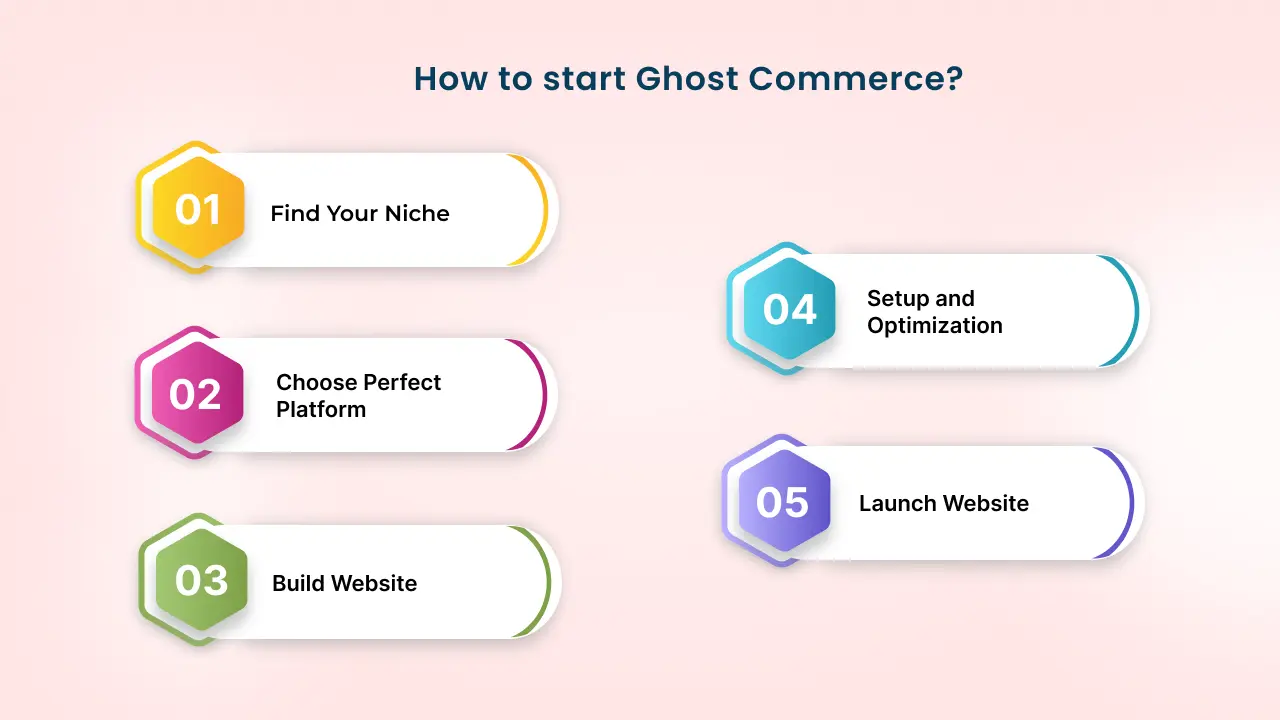
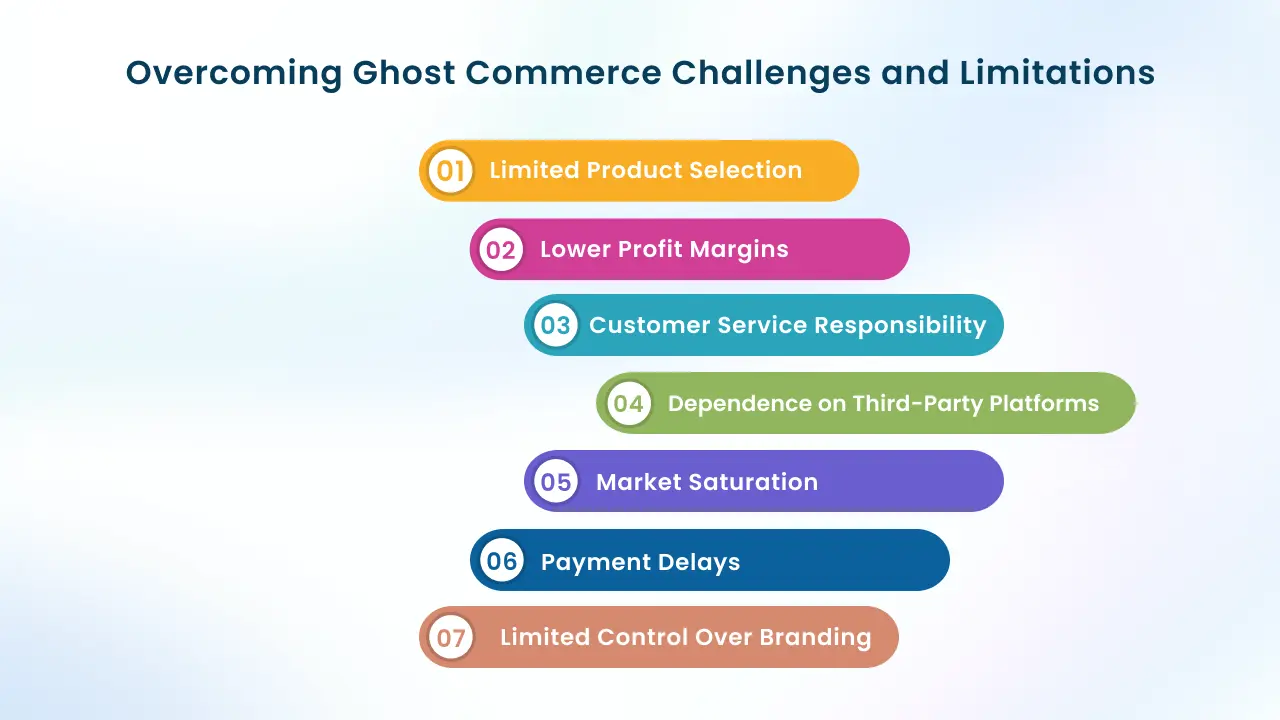


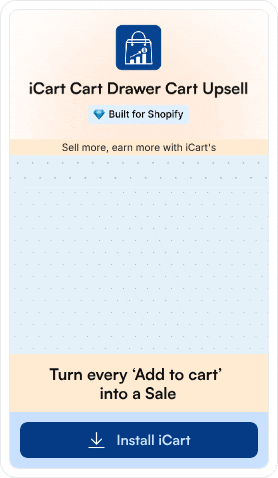
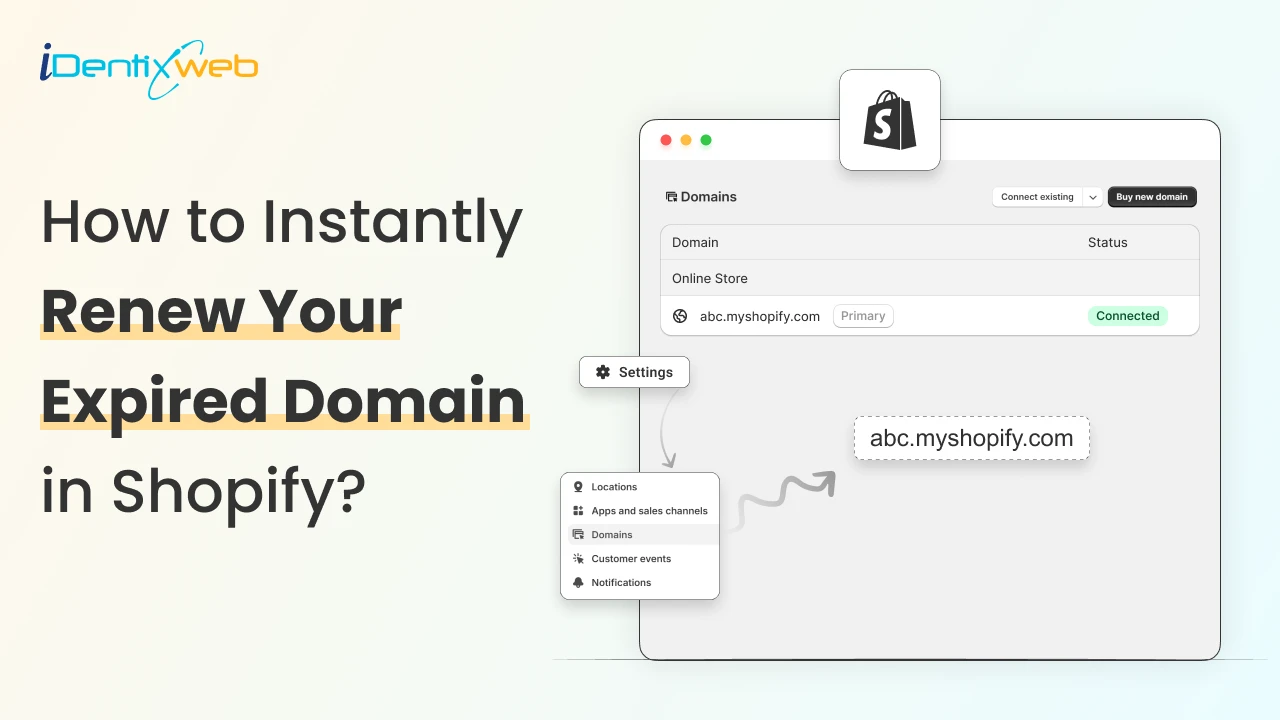
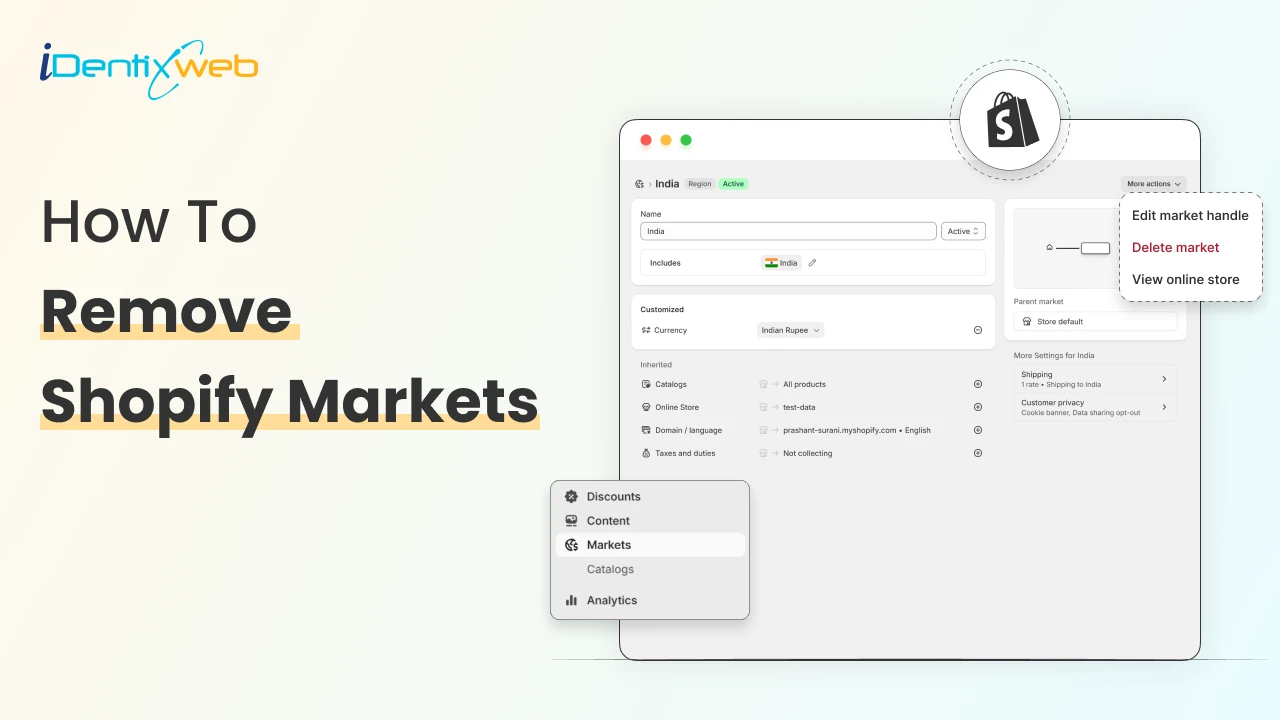
![Shopify Launches Winter’26 Edition: RenAIssance [Key Updates Explained] Shopify Launches Winter’26 Edition: RenAIssance [Key Updates Explained]](https://www.identixweb.com/wp-content/uploads/2025/12/11-12-Thu-Blog-Shopify-Launches-Winter-26-Edition_-RenAIssance-1.webp)
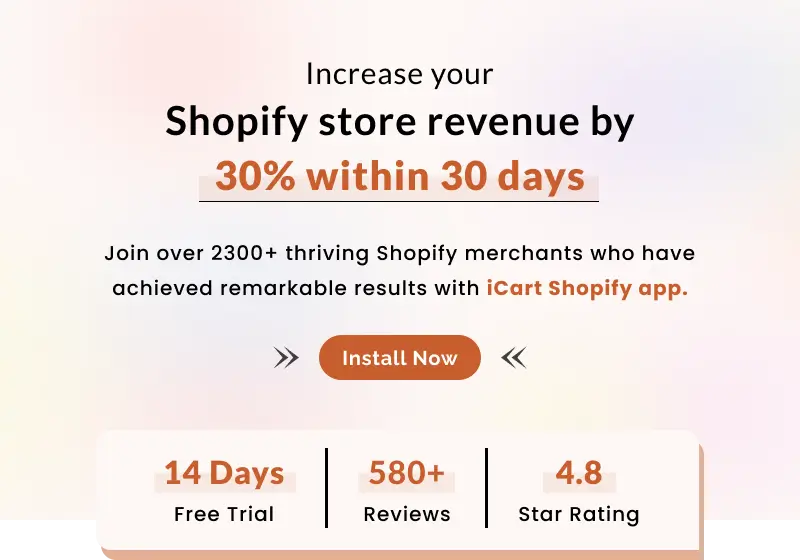
About the author
Bhavesha Ghatode
Explore Content with Bhavesha, a passionate and dedicated technical content writer with a keen understanding of e-commerce trends. She is committed to sharing valuable insights, practical assets, and the latest trends that can help businesses thrive in a competitive environment.